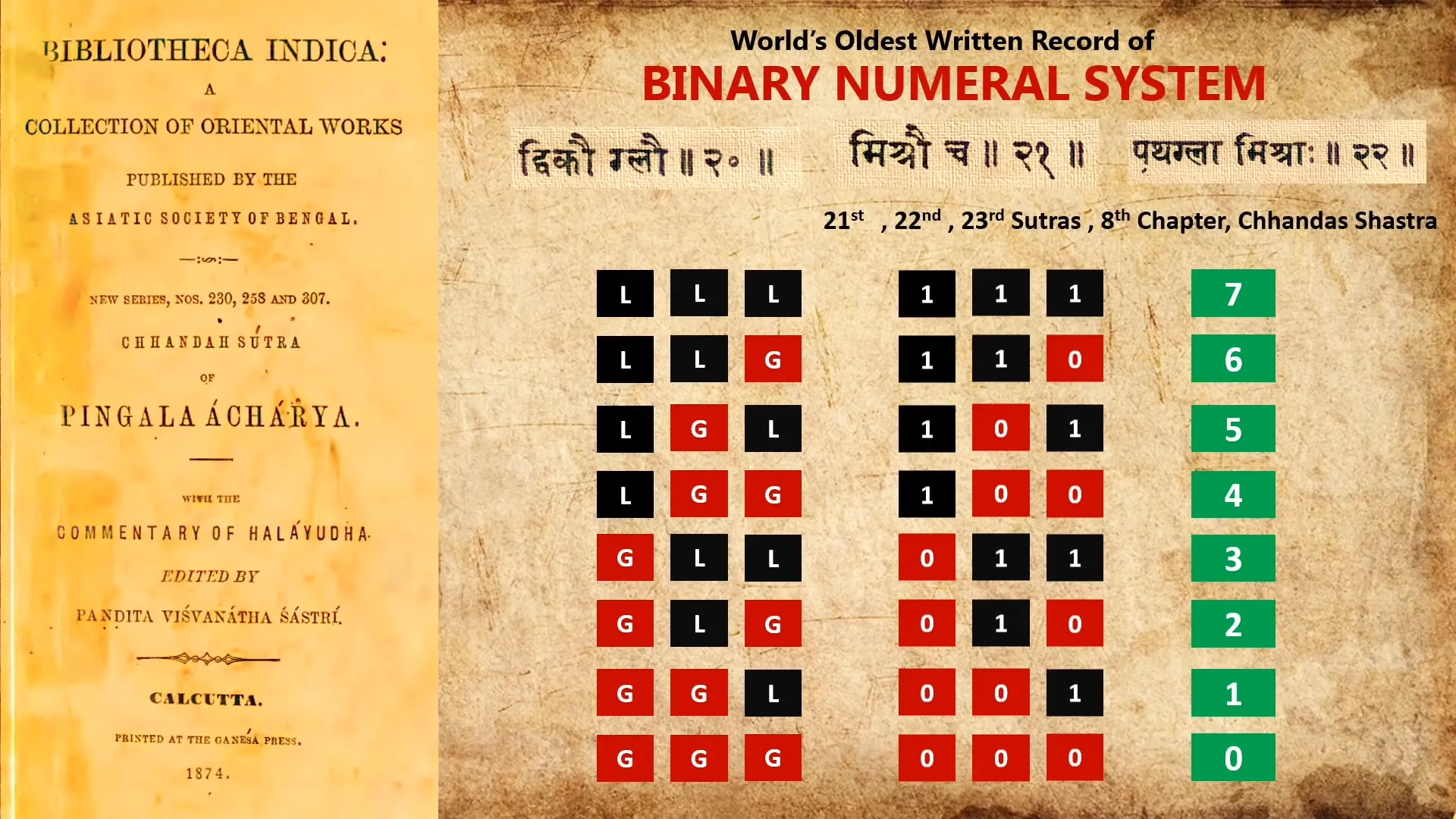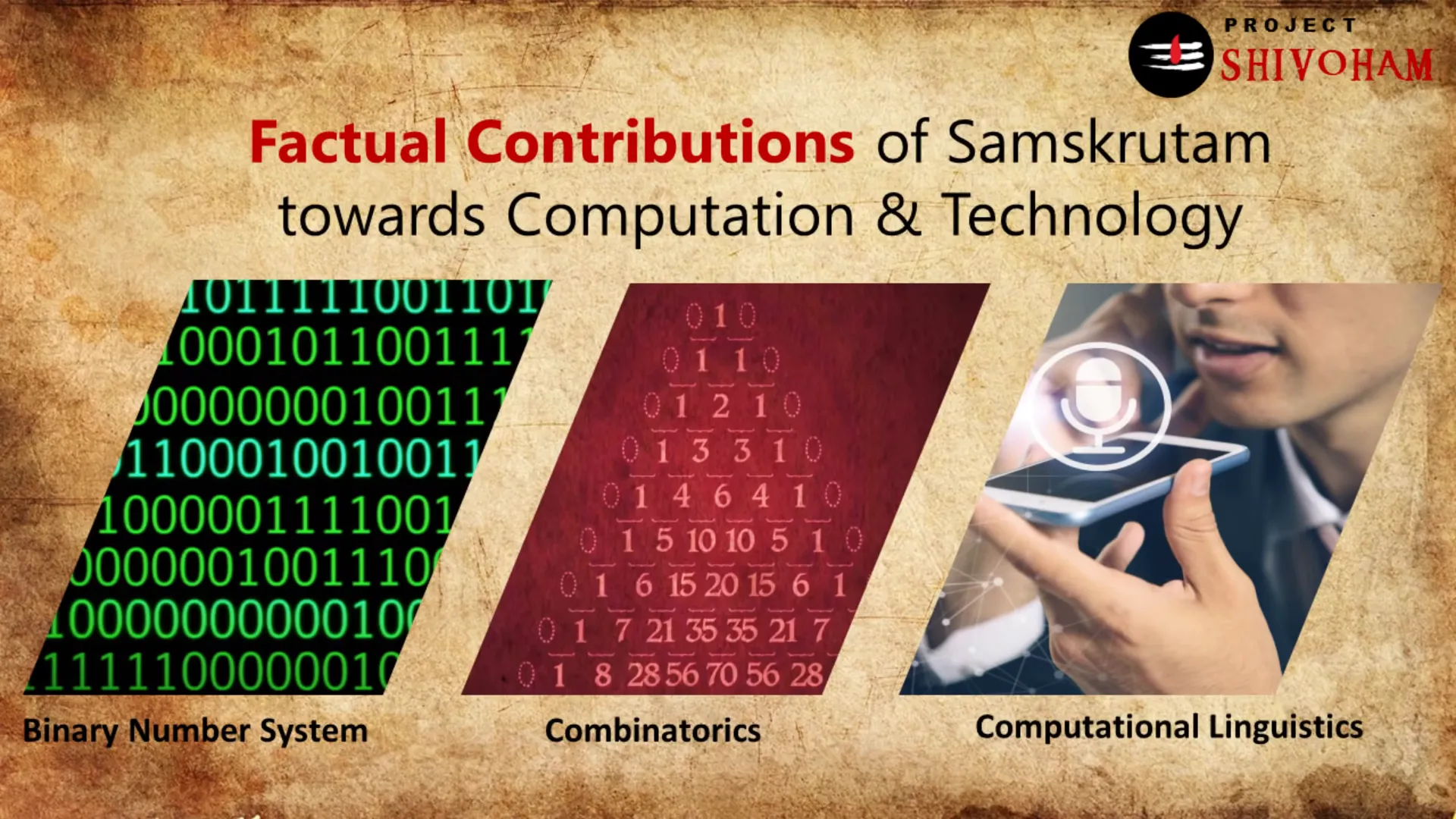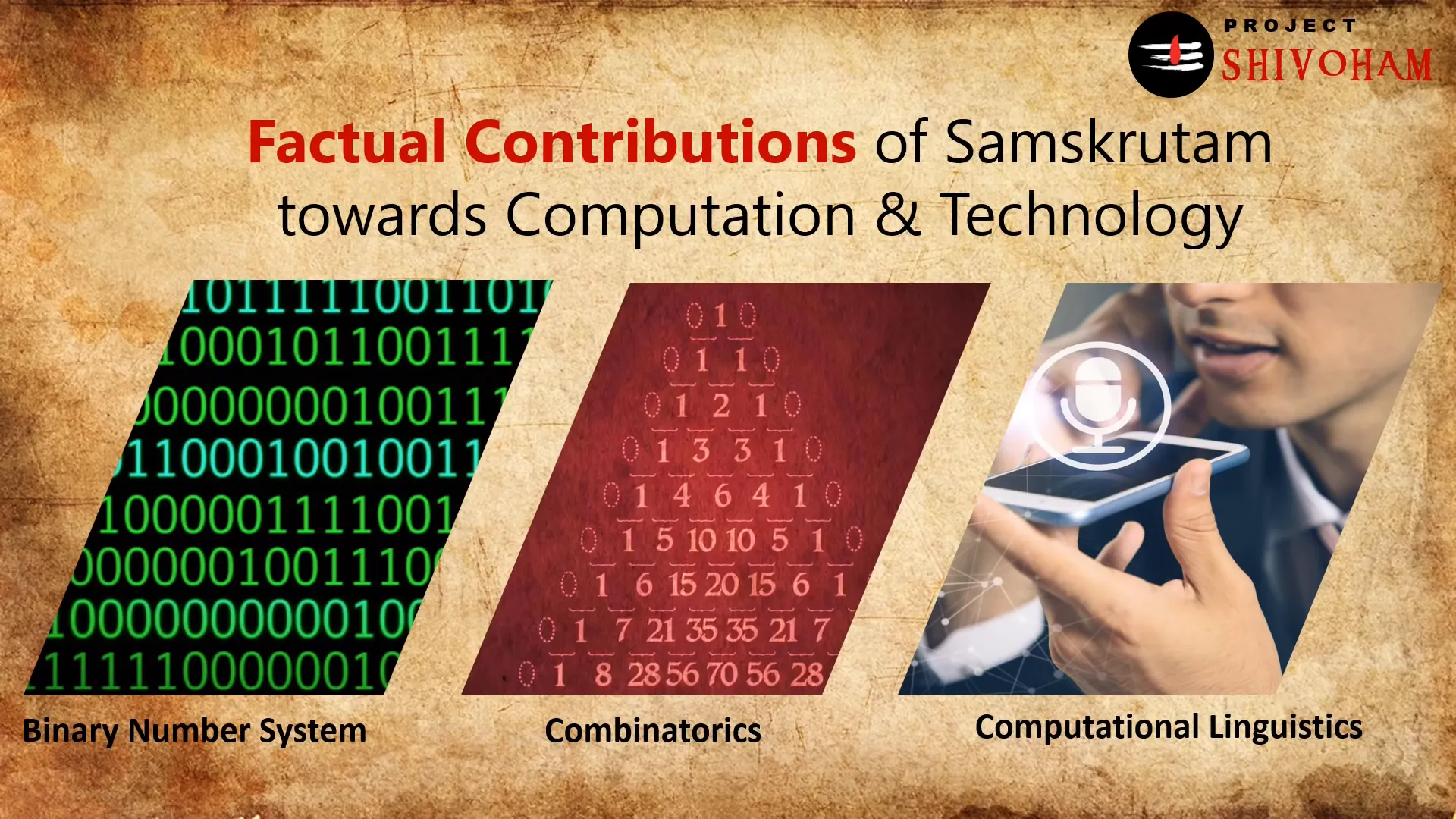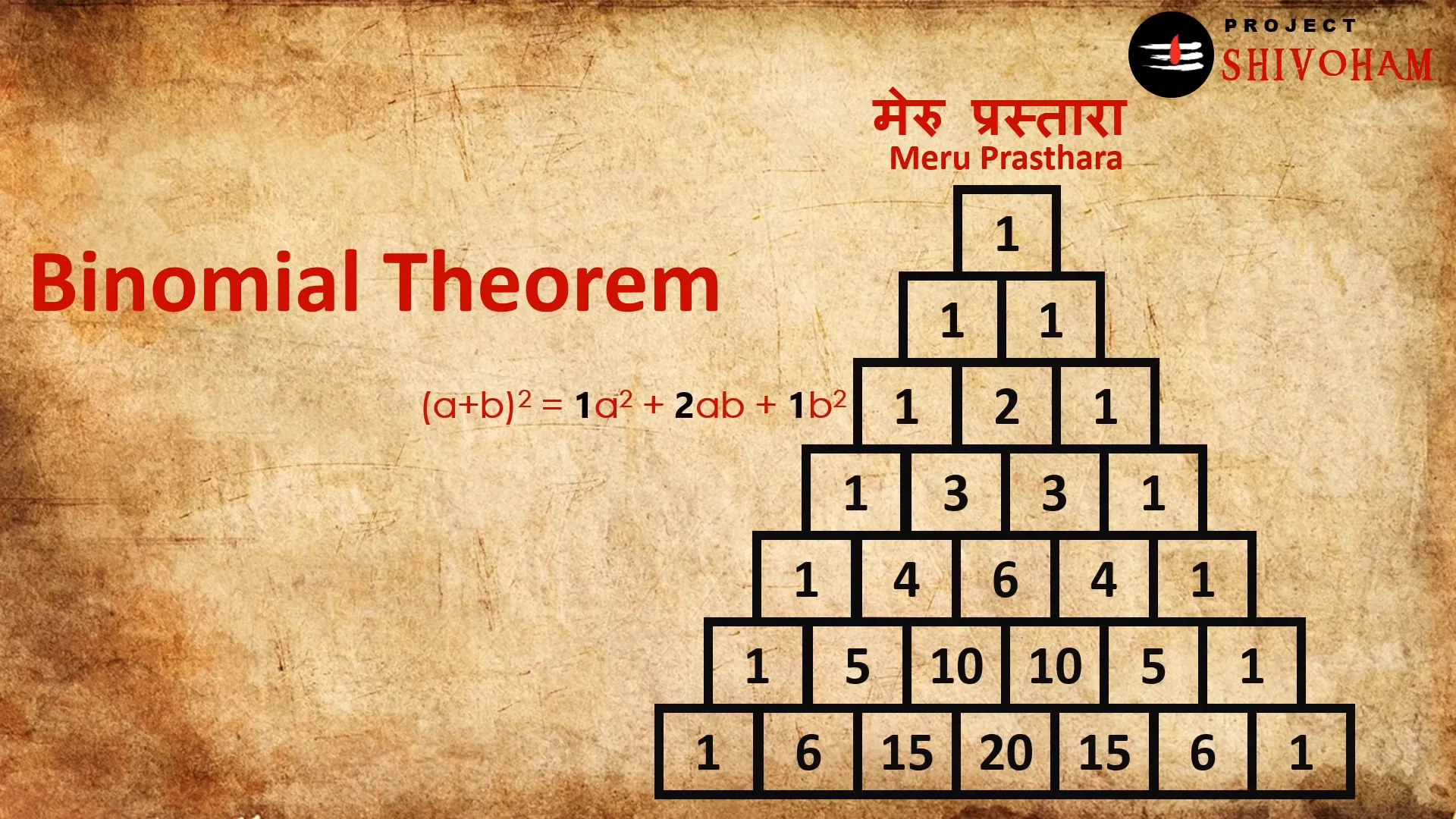Its Origins, Mathematical Significance, and Modern Relevance
Sanskrit, often recognized as one of the oldest languages in the world, holds a rich heritage that extends far beyond spiritual and literary realms. This blog explores how Sanskrit has influenced modern computing, its mathematical contributions, and the importance of preserving this ancient language in today’s world.
Table of Contents
- 📜 Chapter 1: The Origins of Sanskrit
- 💻 Chapter 2: Sanskrit and Computing
- 🔢 Chapter 3: The Mathematical Contributions of Sanskrit
- 📚 Chapter 4: The Relevance of Sanskrit Today
- ❓ Chapter 5: Frequently Asked Questions
📜 Chapter 1: The Origins of Sanskrit
Sanskrit, or Samskrutam, is not merely an ancient language; it embodies a profound legacy that has shaped countless cultures and languages. Its roots trace back to the Proto-Indo-European language, which existed between 4500 and 2000 BCE. This connection places Sanskrit at the heart of the Indo-European language family, influencing many modern languages.
The evolution of Sanskrit began with Vedic Sanskrit, which later developed into Classical Sanskrit. This transition marks the beginning of a linguistic journey that would give birth to numerous languages across the Indian subcontinent, including Hindi, Bengali, and Tamil. The rich tapestry of these languages reflects the linguistic diversity of India, a country where over 1,600 languages are spoken today.

Moreover, Sanskrit’s influence extends beyond India. For example, the Baltic language, Lithuanian, shares remarkable similarities with Sanskrit. A notable achievement was the publication of a book in 2019 by the Lithuanian government, showcasing 10,000 common words between Sanskrit and Lithuanian, highlighting the linguistic ties that bind these cultures.

This interconnection of languages illustrates how Sanskrit serves as a linguistic bridge, linking diverse cultures and histories. The study of these relationships provides insights into the migration and evolution of human language, underscoring the importance of preserving and understanding Sanskrit in today’s world.
💻 Chapter 2: Sanskrit and Computing
The relationship between Sanskrit and modern computing is both fascinating and complex. At first glance, one might not perceive a direct connection between an ancient language and contemporary technology. However, the truth is that Sanskrit has laid foundational principles that are integral to the development of computing.
One of the most significant contributions of Sanskrit to computing is the binary number system. This system, which forms the basis of all modern digital computing, has its origins in the work of Pingala, an ancient Indian mathematician. His treatise, Chanda Shastra, outlines algorithms that resemble binary notation, showcasing how linguistic structures can translate into mathematical concepts.

Combinatorics, another area where Sanskrit has made a mark, deals with counting and arrangement. The principles laid out in Pingala’s work allow for systematic approaches to problem-solving in various fields, including computer science, where algorithms dictate data processing and analysis.

Furthermore, computational linguistics, which focuses on the interaction between computers and human language, has been influenced by the intricate grammatical structures of Sanskrit. The precision and complexity of Sanskrit grammar make it an ideal candidate for linguistic studies in artificial intelligence and natural language processing.

The impact of Sanskrit on technology is not merely theoretical; it has practical applications that enhance our understanding of language processing. As researchers continue to explore the linguistic properties of Sanskrit, they uncover new methodologies that can be applied to modern computing challenges.
🔢 Chapter 3: The Mathematical Contributions of Sanskrit
The mathematical contributions of Sanskrit are profound and far-reaching. Ancient Indian mathematicians, particularly those who wrote in Sanskrit, laid the groundwork for many mathematical principles that are still in use today. Among them is the concept of zero, which revolutionized mathematics and paved the way for algebra and calculus.
Pingala’s work on combinatorics, specifically his formulation of the Meru Prastara, is a prime example of how Sanskrit has influenced mathematics. This method of arranging numbers is akin to Pascal’s Triangle, which was “rediscovered” in Europe centuries later. The systematic approach to counting and arranging through the Meru Prastara showcases the sophistication of Sanskrit mathematical thought.

Moreover, the Fibonacci sequence, which appears in various natural phenomena, can also be traced back to mathematical patterns derived from Sanskrit texts. The connection between Sanskrit and these mathematical concepts highlights the importance of this ancient language in the development of mathematics as a discipline.

As we delve deeper into the mathematical legacy of Sanskrit, it becomes evident that the language is not just a means of communication but a vessel of knowledge. Its structured grammar and rich vocabulary have allowed mathematicians to express complex ideas clearly and precisely, influencing generations of scholars across the globe.

📚 Chapter 4: The Relevance of Sanskrit Today
Sanskrit is not just an ancient relic; it remains a vibrant part of contemporary society. The relevance of this classical language today can be observed in various domains, including education, cultural preservation, and cognitive science. Learning Sanskrit can enhance understanding of many modern languages, especially those derived from it.
One of the most significant aspects of Sanskrit is its role in education. Institutions around the world are recognizing the value of Sanskrit in developing cognitive skills. For instance, studies show that learning Sanskrit can improve memory, concentration, and logical reasoning. This cognitive boost is often referred to as the “Sanskrit effect,” highlighting the language’s unique structure and its impact on brain development.

In addition to cognitive benefits, Sanskrit is vital for preserving cultural heritage. As a language of ancient texts, it holds the keys to understanding historical philosophies, spiritual practices, and scientific discoveries. Scholars and enthusiasts are working tirelessly to keep Sanskrit alive through courses, workshops, and digital platforms.

Moreover, the resurgence of interest in yoga and Ayurveda has brought Sanskrit back into the spotlight. The terminology used in these fields is deeply rooted in Sanskrit, making it essential for practitioners and students alike to grasp the language to fully understand the teachings and texts.
As we delve into the future, the relevance of Sanskrit continues to grow. Its application in fields like artificial intelligence and linguistics demonstrates its versatility and importance. Research into Sanskrit’s grammatical structure is aiding the development of more sophisticated natural language processing systems, further bridging the gap between ancient knowledge and modern technology.

In conclusion, the study of Sanskrit not only enriches individuals but also contributes to a broader understanding of human cognition and culture. It is a treasure trove of knowledge waiting to be explored, making it relevant in today’s fast-paced world.
❓ Chapter 5: Frequently Asked Questions
What are the benefits of learning Sanskrit?
Learning Sanskrit offers numerous benefits, including improved cognitive skills such as memory, concentration, and analytical thinking. It also enhances understanding of many modern languages and provides insights into ancient texts and philosophies.
Is Sanskrit still spoken today?
While Sanskrit is not commonly spoken as a first language, it is still used in religious and scholarly contexts. Additionally, there are communities and institutions that promote spoken Sanskrit through courses and workshops.
How does learning Sanskrit affect brain development?
Research indicates that learning Sanskrit can positively impact brain development, particularly in areas related to memory and cognitive functions. This phenomenon, known as the “Sanskrit effect,” has been observed in individuals who memorize and recite Sanskrit verses regularly.
Can Sanskrit be beneficial for modern technology?
Yes, Sanskrit’s precise grammatical structure and rules have influenced modern technology, especially in fields like artificial intelligence and natural language processing. Researchers are exploring how its linguistic properties can enhance machine learning and speech recognition systems.
How can I start learning Sanskrit?
Starting your journey with Sanskrit can be as simple as enrolling in a course at a local institution or exploring online resources. There are also many books and apps available that cater to beginners. Engaging with community groups can further enrich your learning experience.

Courtesy: Arvind Markandeya @ Project Shivoham